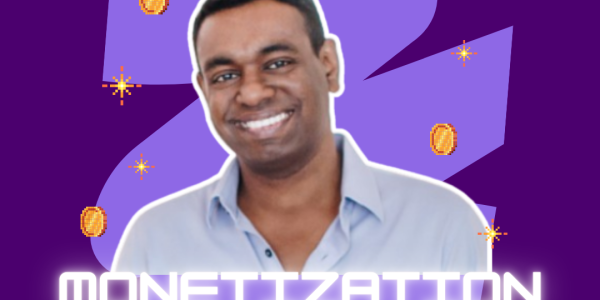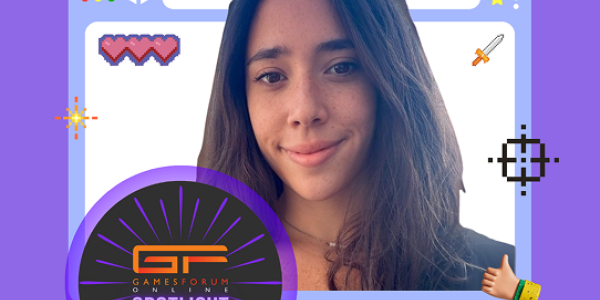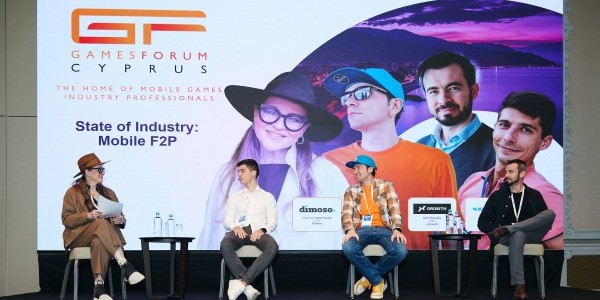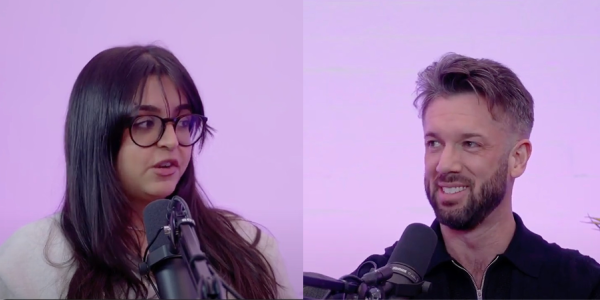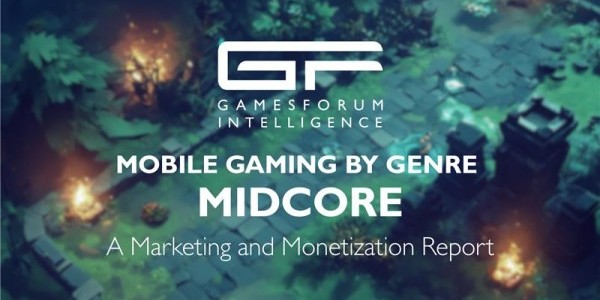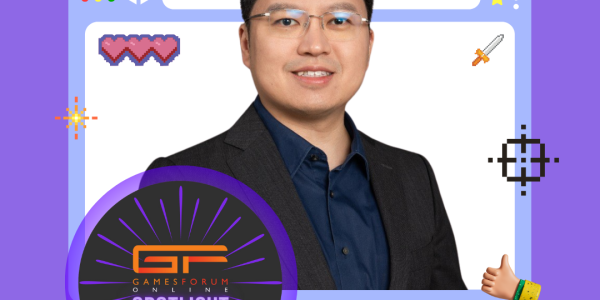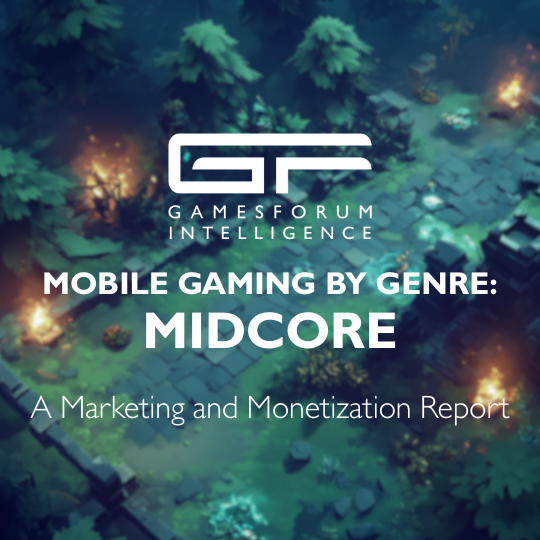6 Hard Truths About Starting a Game Company - From the Creator of Half Moon Studios

What if everything you thought you knew about launching a game studio was wrong? We sat down with Half Moon Studios founder Pieter Kooyman - former Miniclip veteran turned startup trailblazer - to unpack why building from scratch isn’t just “scaling in reverse,” it’s an entirely different beast. From surviving the decision deluge of year one to replacing ads and onboarding with streamers, Kooyman shares hard-won lessons on building a modern studio in the AI era.
If you're banking on old playbooks, the below key takeaways from the interview might just change your plan.
1. Founding a studio isn’t scaling in reverse — it’s a different discipline
“What I hadn't done is I hadn't done zero to one. I'd seen it happen around me.”
Kooyman spent over a decade helping scale Miniclip, but realised that founding a studio from scratch is a fundamentally different challenge. The startup phase isn’t just a smaller version of scaling — it’s a reset. Industry veterans looking to launch their own studios should be prepared for this sharp contrast.
2. The first-year challenge: surviving the volume of decisions
“It took me 12 months to find my feet...everything is on you.”
Solo founders transitioning from large teams must quickly develop comfort with high-frequency, high-stakes decision-making. Without specialised departments, every function — product, finance, ops — runs through the founder. This is not a soft skill, it’s a survival requirement for all founders.
3. Streamers can replace more than ads — they can replace onboarding
“The streamer acts as the initial marketing, the FTUE and the re-engagement.”
Half Moon’s “streamer-first” model builds live multiplayer games that streamers can instantly share and co-play with viewers. This turns audience participation into acquisition and habit formation. For studios struggling with rising UA costs and lower organic reach, this offers an effective alternative.
4. AI productivity is real, if you design the org for it
“We are hoping to create the work output that 30 people would create with just six people.”
The studio was founded in the same month as ChatGPT-3’s release, and AI was built into the team structure from day one. Every team member is encouraged — and expected — to work across disciplines with AI assistance, a structure that significantly amplifies output and learning speed.
5. Roles will change: AI-native teams are multi-hyphenate by default
“Jamie is our data analyst, who is also a data engineer, and... should be considered a full stack developer.”
With AI, specialisation becomes less rigid. Team members take on three or more roles — not as overwork, but as enabled flexibility. This fluidity gives small teams the resilience and adaptability needed to iterate rapidly in early-stage development.
6. The studio of the future is lean, distributed, and built around tools
“We had a massive prototype on TikTok Live... 3 million MAU organically out of nowhere.”
AI, streamers, and creator platforms aren’t fringe strategies — they’re core to how Half Moon operates. For new studios, the combination of lean teams, scalable tech, and social-first distribution is not just an advantage, it’s fast becoming the only viable model for competitive entry.


